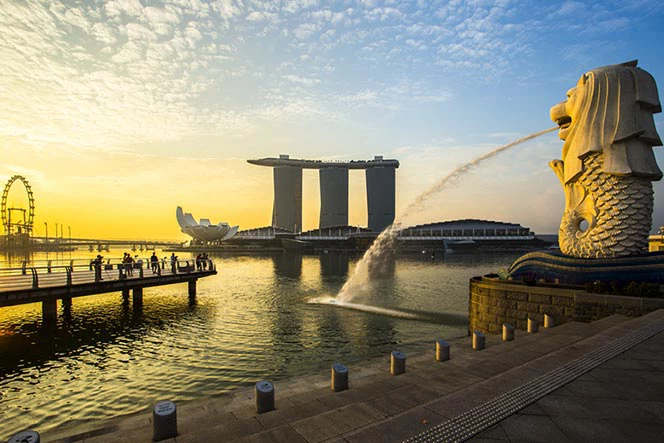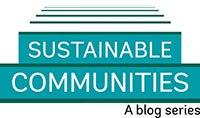
Last week, I had the opportunity to attend the Singapore Urban Week along with other colleagues from the World Bank Beijing office, as well as delegates from China’s national government and participating cities. For all of us, this trip to Singapore was an eye-opening experience that highlighted the essential role of integrated urban planning in building sustainable cities, and provided practical solutions that can be readily adapted to help achieve each city’s own development vision. A couple of key lessons learned:
Putting people at the center of development strategies
This is only possible when planners always keep in mind people’s daily experience of urban space and invite them as part of decision-making process through citizen engagement.
For instance, in many cities, public transit has been perceived as a low-end, unattractive option of travel, causing ridership to stagnate despite severe traffic congestion. But in Singapore, public transit accounts for 2/3 of the total travel modal share in 2014. Moving around the city by metro is comfortable and efficient because transfers between different modes and lines are easy, with clear signage of directions, air-conditioned connecting corridors, and considerate spatial designs and facilities for the elderly and physically-challenged users. In addition, metro stations are co-located with major retail and commercial activities and other urban amenities, significantly reducing last-mile connectivity issues.
To ensure that people’s needs are fully respected and reflected, the development authorities in Singapore have conducted various types of public consultation through online platforms and onsite stakeholder meetings. These are very valuable lessons for Chinese cities that are keen to move away from a top-down planning paradigm and build up their capacity in working with local communities.
Exploring the huge potential of improving resource efficiency
Singapore has been facing severe constraints of natural resource availability, from land to water to energy. Thanks to innovative thinking, such constraints did not get in the way of Singapore’s growth, but instead created strong incentives for the city to utilize every tiny piece of resource very effectively.
Despite its limited land territory, Singapore, known as the Garden City, still managed to preserve vast areas of green space for ecological services and recreation. This is unimaginable without strategic, high-density development on existing urban footprint. Such experience is inspiring for cities in China that struggle to manage urban sprawl.
Water recycling is another example to show the city’s commitment to optimize resource efficiency. About 1/3 of the city’s water supply comes from stormwater collection, another third from recycling of used water (called new water), and the rest from import. For redevelopment of the Marina Bay area, the city wisely abandoned the idea of reclaiming more land for development and preserved the bay area as a reservoir for retaining fresh water. It turns out to be a win-win solution, adding to the attractiveness of the city’s landscape as well as its water security.
Many cities in China, especially those in the North are facing similar challenges of water shortage. Singapore’s experience is very relevant in helping them improve self-sufficiency in water supply.
Letting public agencies share data to streamline planning
A common reason for the challenge of bringing public agencies on the same page lies in that they often use different databases to inform decision-making. With numerous discrepancies in basic facts and measurements of performance, inter-departmental coordination can be extremely pains-taking.
In Singapore, the Urban Development Authority took the lead in compiling a shared database for urban management, while other departments enjoy various levels of access to the database through permits and also proactively contribute to the database. To ensure the validity, consistency and compatibility of data from different sources, a series of rules has been set upfront to guide the collection and processing of data.
The database is then updated frequently to keep up with changes in the real world. For instance, whenever a construction permit is awarded, such information with automatically be fed into the central desktop and reflected in the multi-layer thematic maps. Other agencies, whether working on public transit or green spaces, will then become aware of the potential demand for urban utilities.
Singapore also made huge efforts in creating user-friendly toolkits for planning professionals. The ongoing initiative of developing an E-planning tool will enable planners to run quick assessments of development suitability or identify service gaps with simply a few clicks on mobile devices. The Chinese government is currently promoting the integration of multiple plans at the city level and the first step could be building up a reliable shared database following Singapore’s best practice.



Join the Conversation